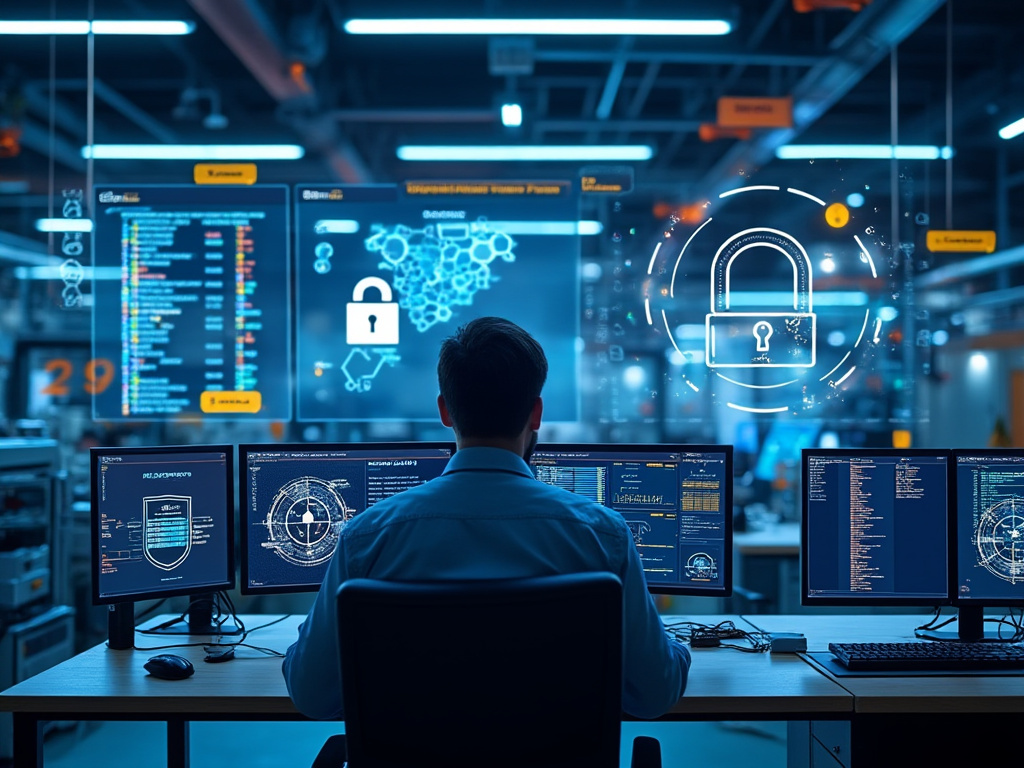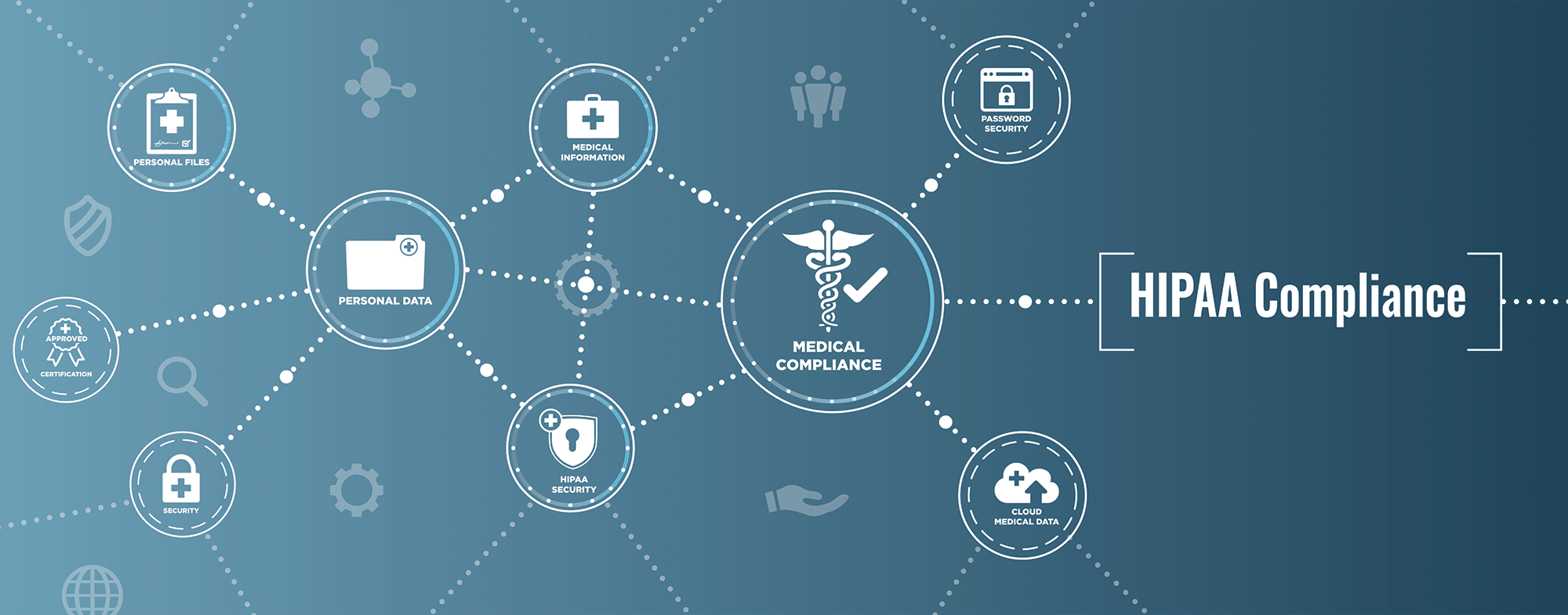This year has definitely been one of the most challenging ones for Cybersecurity, especially when it comes to Ransomware. There probably been more attacks in this regard than ever before. Although certain industries have been targeted, in the end, nobody is immune from it, and any entity can become a victim. The key is in how to mitigate that risk as much as possible in 2022.
In this article, we look at some tips that you can deploy for your business.
Top Tips to Protect Against Ransomware
- Make use of a Cloud platform: With the Remote Workforce now taking a permanent hold, many organizations are now opting to move their On Premise infrastructure entirely into the Cloud now, using a well-known platform as that of the AWS or Microsoft Azure. Although the Cyberattacker is starting to target this area more now, the advantage of using the Cloud is that you are already provided with a powerful set of security tools that you can deploy immediately to protect your digital assets. Most of these are included in your plan, or just have a minimal cost if not. For instance, you can create dashboards to monitor your Private Cloud on a real time basis, and many of the protective measures that are offered are often triggered automatically, depending upon the rules and conditions that you establish.
- Always conduct assessments: Whether your infrastructure is in the Cloud or On Premise, or even in both, it is always very important to conduct tests in order to find out where the unknown gaps and vulnerabilities lie at. One of the best ways to do this is via a Penetration Test. In this instance, its probably best to outsource this particular function to a reputable, third-party vendor that specializes in doing this. That way, you will get a totally professional, and unbiased assessment with recommendations as to how to fill in the holes.
- Always make sure your team is ready: Keep in mind that apart from your Security Policy, the three other documents that are the most important to your business are as follows:
- Your Incident Response Plan (which outlines how you will respond to a Ransomware attack);
- Your Disaster Recovery Plan (which spells out how you plan to get your most critical operations up and running in case you have been impacted);
- Your Business Continuity Plan (which specifies how your business will recover in the long term from a Ransomware attack).
Of these three, the first two are the most crucial. Therefore, it is imperative that you and your IT Security team practice these drills on a regular basis, so that all action items can happen seamlessly in a real-world situation. The last thing you need is for your team guessing what needs to be done to fend off the Ransomware attack. Equally important is to update these documents on real time basis with the lessons learned after you conduct each drill.
- Mandate the use of the Zero Trust Framework: With Zero Trust Framework methodology, you don’t trust anybody whatsoever in both your internal and external environments, even those employees that have been with you the longest. True, it may sound extreme, but this is about one of the best ways right now to mitigate the risks of being hit. Under this approach, you break away from the notion of just one line of defense, and instead, have multiple ones of them. Each of these layers will have its own set of authentication mechanisms, which will be at least three or more. The idea here is that if a Cyberattacker were to break through the first line of defense, the chances of them breaking through the others is greatly diminished.
- Always have backups:This has always been one of the cardinal rules in Cybersecurity, but now it has taken on even more importance than ever before. For example, if you are impacted with a Ransomware attack, you can essentially restore business operations almost immediately through the backups that you have created. But the key here is that creating backups is not just a one-time deal. Rather, it must be done on a regular basis, preferably even doing it at least 2x-3x times a day. This will help to ensure that you will have the latest cut of your information and data on hand. But if you make use of a Private Cloud, the advantage here is that you can literally “kill off” off those Virtual Machines (VMs) that have been created, and create new ones in just a matter of a few minutes. Also, depending upon the plan that you have, you can even make copies your VMs and store them in different data centers around the world. So if you are hit, you can just roll over to one of your back up data centers, and hardly experience any downtime.
- Always have security awareness training: This may sound like a broken record, but this is also crucial in fending off Ransomware attacks. For instance, you may have the best lines of defense, but all it takes is one naïve employee to click on a malicious link order for the malware to spread like wildfire. Therefore, it more paramount than ever before to educate your employees what to look out for. Also, keep in mind that if the are using company issued devices to conduct their daily work tasks, as the employer, you have the right to conduct audits on these devices to make sure that they are being used in accordance with your Security Policy. But like conducting risk assessments, security awareness training is not a one-time deal either. You must hold these sessions on a regular basis, and even conduct simulated Phishing attacks to see if your employees fall for the bait after they have received training.
Conclusions and next steps for protecting yourself against ransomware
It is expected that Ransomware will still be the predominant threat variant, but on a much more devastating scale. Therefore, there is no time to waste to get prepared. If you need our help then we are happy to provide our cybersecurity services in USA, you can contact us anytime.







